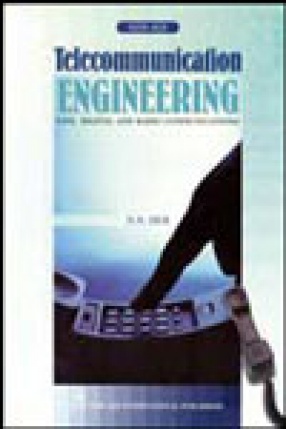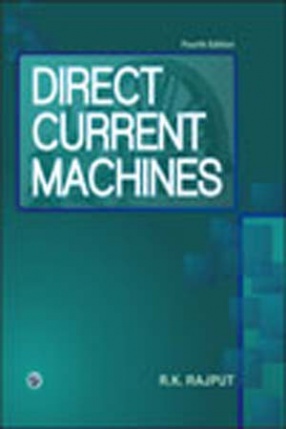Part I explains the transmission requirements of telecommunication circuits including the network theorems, solid state devices, construction and testing of open wire transmission lines for local and long-distance trunk lines on C-8 scheme and laying of underground cables including the coaxial and submarine cables. It describes in detail the working principles of D.C. and A.C. telegraphy including teleprinter and telex systems, manual and automatic telephone systems as well as various types of trunk exchanges. The working principles of different types of carrier and VFT systems on open wire trunk lines, underground coaxial and underwater submarine cables have also been explained.
It also highlights power plants with power cubicles for normal load supply from mains for no-break power plants and the installation and maintenance of secondary battery for stand-by supply and air-conditioning of equipment rooms.
Part II presents the basic details of digital integrated circuits, the processing of signals for digital communication, the working principles of electronic digital telephone exchanges, fibre optic communications and radio systems including those working on microwaves. It further describes the working principles of radar, telephoto and TV systems including colour T.V. It highlights also the principles of satellite communication and the launching of satellite repeaters. In addition the book explains the working principles of cellular radio mobile telephone system and paging services.
Worked-out examples with model questions for each chapter are given to facilitate self-study.
With all these features, this is an essential text for practising engineers as well as telecommunication students.





There are no reviews yet.